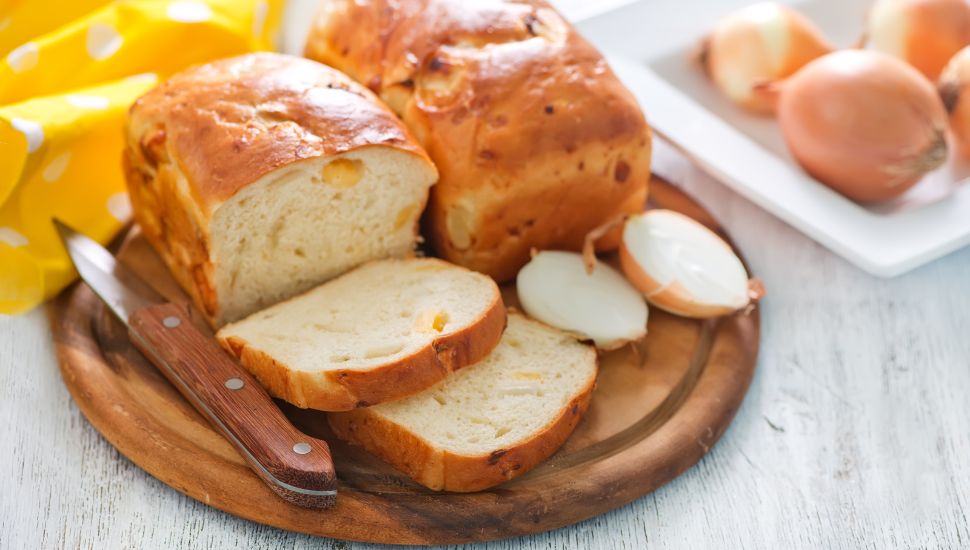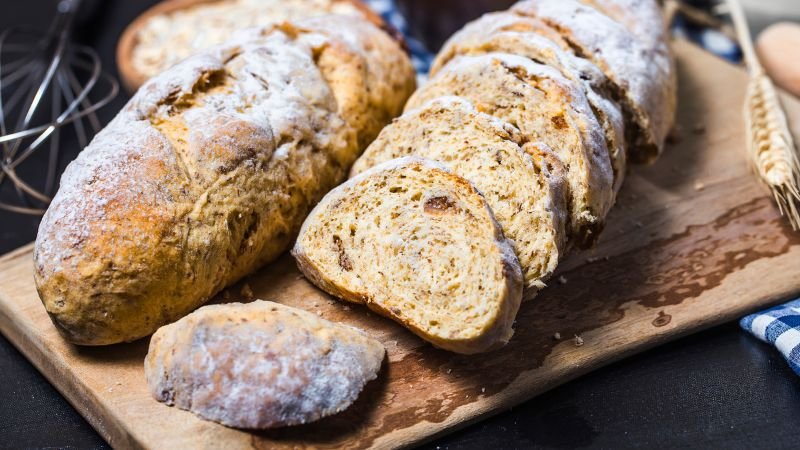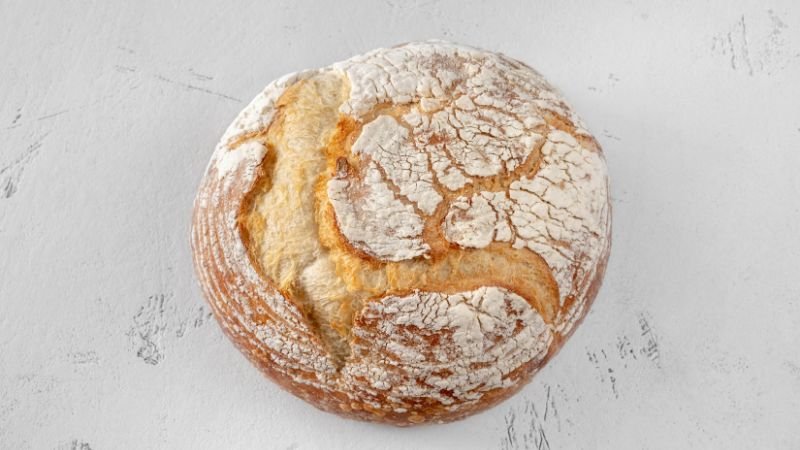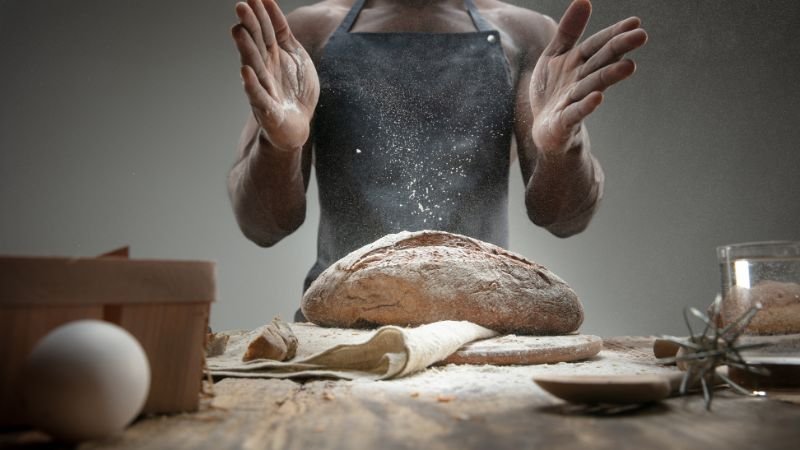
One of the most basic food items around the world is bread. Despite the basic variations in the type of bread in different countries around the world, the basic DNA of bread remains the same throughout the world.
However, you may find some bread with white spots on them, and you may be confused about whether the bread you have in your hand is drenched in flour or mold growing on it.
So In this article, I am going to be explaining white mold on bread. So without further ado, let us get right into the topic.
How To Identify Mold Or Flour On Bread?
If you have bread in your hands that has white spots on it, there are two possibilities as to what it is; it may be flour, or it might be mold.
Flour on bread may be safe to eat; however, mold on bread is not under no circumstances. You can identify flour or mold by using a few simple techniques.

The first technique is scraping the white spot on the bread to see if it can be removed. Just scraping the surface will give you a clear idea of what it is. If it is flour, the powder will come onto your hands. However, if it is mold, the spot is going to remain intact.
Looking at the appearance of the white spot may also help you identify if it is mold or flour. If the color of the white spot is dull, then it may be mold. However, if the white spot is in a brighter shade, then you can rest assured that it is flour.
Finally, smelling the white spot is also a great indicator to identify mold or flour. Mold will have a distinctly unpleasant smell that can be detected with ease.
Is It Safe To Eat Moldy Bread?
Eating moldy bread is not safe and can result in your health being affected. Almost every health professional that discusses food science warns against eating bread that has mold on it as it is a fungus.
As this fungus grows on the bread, with its initial stages being the white spot, it becomes automatically unsafe for consumption.
So if you have bread that is growing white spots that are identified as mold, you should discard it immediately as it can cause health implications.
What Causes White Mold On Bread?
Mold growth on bread is usually a death sentence for it as it is no longer fit for consumption. This can be prevented with ease as well.

However, we need to understand the reason behind its growth. So here is what causes white mold on bread.
Moisture
Bread has inherent moisture on it, and adding more moisture into it, thanks to the environmental conditions, will allow mold formation on it.
Water being a very important nutrient in fungal growth, is very detrimental to the freshness of the bread; hence bread needs to be kept away from moisture.
Temperature
Mold formation is also linked with the ambient temperature in which the bread is kept. Mold is promoted when you keep the bread at 25 to 30 degrees centigrade. Hence it is vital that you keep the bread refrigerated to keep the bread fresh.
How To Prevent White Mold Growing On Bread?
There are a lot of things that you can do to prevent the growth of mold on your bread. These are simple solutions but will go a long way in you preventing mold on your bread. These are as follows.
Use A Paper Bag
To better preserve your bread against mold, you should store it in paper bags designed specifically for bread. These bags will ensure that the bread is contained in such a way that the things that promote mold growth are discouraged.
These paper bags allow the bread to remain dry, which goes a long way in mold prevention. However, you can also use bread boxes and dry plastic bags, which are also good methods to store bread.
Keep Surfaces Dry
While handling the bread packaging to make a sandwich or to store, make sure that the surfaces are dry. Once water gets into the bread, it starts promoting mold growth by acting as a nutrient for it.
So, you should clean and dry the surfaces using a dry cloth so that your bread does not become moldy.
Store The Bread In The Fridge
If you are living in a country that has a hotter climate, it is wise for you to store your bread in a refrigerator. This will keep the bread fresh and away from the mold.
However, you should store the bread in a bag which is going to prevent it from getting any fungal nutrients in it.
Freeze The Bread
One of the best solutions to keep bread fresh is to keep it in the freezer. According to some estimates, the bread can be preserved for almost three months if you keep it in a freezer.
However, before chucking it into the freezer, you should make slices of it so as to prevent defrosting it once you want to eat it. Frozen bread will be very hard to cut; therefore, making slices will give you a steady supply of fresh bread.
What Happens If You Accidentally Eat White Mold On Bread?
There are many health concerns linked to eating moldy bread. Therefore you should discard any bread that you suspect or confirm to have mold formation on it.

Once you eat moldy bread, you can encounter vomiting, nausea, headache, and food poisoning. Therefore, the best option to deal with here is that you discard the bread immediately.
Final Verdict:
Here is everything that you need to know about white mold on bread. White spots are usually the very first telltale sign that the bread has started to be infested with mold. Therefore you should discard it immediately.
However, sometimes, you can mistake white flour for mold; therefore, I have given you the methods to identify whether bread has mold or flour.
Recommended guides:









